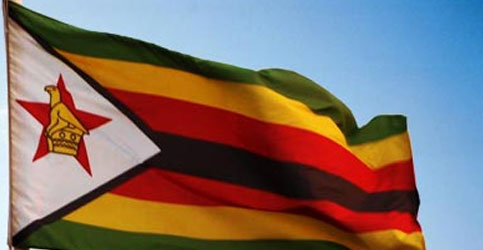Finance Minister Patrick Chinamasa is telling everyone who wants to listen that his visit to Peru last week was a success and that Zimbabwe will have its external debt arrears cleared by April 2016. We have argued for many years that this is a key development in unlocking new finance for the country which, in turn, is a prerequisite for helping the landlocked economy onto a more sustainable long-term trajectory.
The need for international money inflows was again evident in early October as the government instructed mines and other industrial enterprises to reduce their power consumption by 25% due to severe strain on the under-invested power system.
The finance minister commented on Friday, October 9 that his government’s debt presentation to creditors on the side-lines of the World Bank and International Monetary Fund’s (IMF) annual meetings in Lima, Peru last week received “strong endorsement” from financiers. Zimbabwe established a high-level arrears clearance committee earlier this year with a direct presence on the team given to representatives from the Bretton Woods institutions.
Mr Chinamasa commented on Thursday, October 15 that Zimbabwe will 1) look for low-cost loans to repay arrears owned to the World Bank, 2) use IMF Special Drawing rights (SDRs) to service obligations with the Fund, and 3) use a loan from the African Export-Import Bank to clear its dues with the African Development Bank (AfDB).
Zimbabwe continues on the right track towards clearing its debt arrears, with the past six months arguably seeing more progress than the previous six years. IMF country representative Christian Beddies commented prior to the Peru meetings that if creditors support the debt clearance plans and Zimbabwe successfully completes the follow-up Staff-Monitored Programme (SMP) by year-end, then Harare could start talks about a three-year economic reform programme with the Fund as early as 2016.
While Zimbabwe has certainly not received an “A+” from analysts for its performance under the programme, a strong showing has been recorded nonetheless. This positive showing is being driven by finance ministry and central bank officials that appear less interested in the ruling party’s internal squabbling and more inclined towards making tangible progress towards the goal of clearing the country’s debt overhang.
Meanwhile, the Reserve Bank of Zimbabwe (RBZ) is struggling to manage the local price environment. The country’s benchmark consumer basket cost 0.4% m-o-m less in September – the 10th negative reading over the past 12 month. Both food and non-food indices declined m-o-m. Headline deflation was measured at 3.11% y-o-y last month from 2.77% y-o-y seen during July and August.
The most recent y-o-y number was the largest negative reading amongst some two dozen economies worldwide that, according to Trading Economics data, recorded consumer price deflation during September. Other countries at the bottom of the list include Cyprus and El Salvador.
Declining consumer prices – associated with the strength of the US dollar against the South African rand as well as slack domestic demand – is having an adverse impact on local productive capacity. Zimbabwean companies producing food and consumer goods are having a tough time competing with cheaper imports from South Africa.
For example, the Zimbabwe National Statistics Agency’s (ZimStat) measurements of consumer and producer prices show that the local output cost of foodstuffs increased by 3% between March 2013 and June 2015, while the average retail sales price of the benchmark food basket declined by 7.7% over the same period.
The IMF said in a publication released earlier this month that deflation is expected to continue into next year, projecting an average inflation rate of 0.2% during 2016. Base effects will kick in from November this year to help ease the deflation trend heading into next year, and positive y-o-y numbers are expected during H2 of 2016.
Christie Viljoen (Senior Economist)



